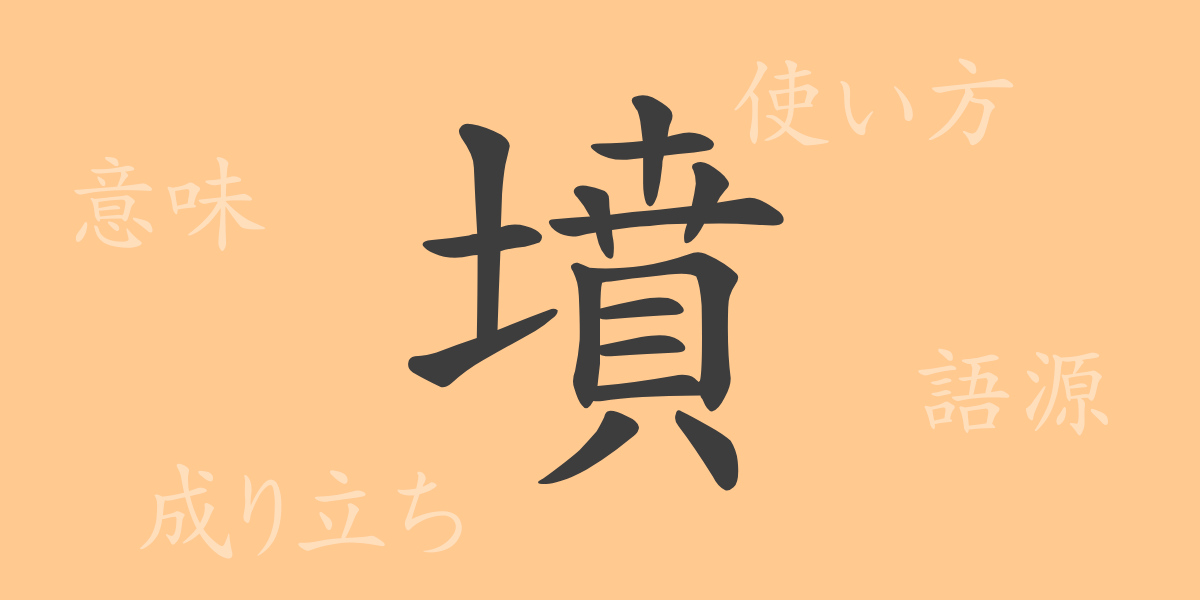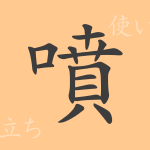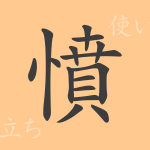Kanji (かんじ) in the Japanese language is known for its intricate shapes and profound meanings. Each kanji carries a history and background that serve as keys to understanding Japanese culture. The kanji “墳” (ふん, fun) has played a significant role in Japan’s history and culture. In this article, we delve into the origins of “墳,” its modern usage, and the idioms and phrases that incorporate this kanji, revealing its allure.
Origins of 墳 (ふん, Fun)
The kanji “墳” (ふん, fun) was formed in ancient China and originally meant a mound of earth used as a grave. Tracing its etymology, “墳” combines “土” (ど, do), representing piled-up earth, and “封” (ほう, hou), indicating facilities or structures built on the raised earth. These two elements together give “墳” the meaning of ancient tombs or burial mounds.
Meaning and Usage of 墳 (ふん, Fun)
In modern Japanese, the primary meaning of “墳” (ふん, fun) refers to ancient tombs or burial mounds created by piling up earth. Metaphorically, it can also describe something accumulated and raised. While it is mainly used in specialized fields like history and archaeology, it can also be used figuratively in literary works.
Reading, Stroke Count, and Radical of 墳 (ふん, Fun)
The kanji “墳” (ふん, fun) includes important elements that Japanese kanji learners should remember due to its unique shape and meaning.
- Reading: The on’yomi (音読み, Chinese reading) is “フン” (ふん, fun), and it has no specific kun’yomi (訓読み, Japanese reading).
- Stroke Count: It consists of 15 strokes.
- Radical: It belongs to the 土部 (どぶ, dobu) radical group.
Idioms, Phrases, and Proverbs Using 墳 (ふん, Fun) and Their Meanings
Idioms and phrases containing “墳” (ふん, fun) reflect its origins and historical background. Here are some examples:
- 古墳 (こふん, kofun): Refers to ancient burial mounds, particularly large tombs built in Japan from the 3rd to 7th centuries.
- 墳墓 (ふんぼ, funbo): A mound-shaped grave where ancient rulers or significant individuals were buried.
- 墳丘 (ふんきゅう, funkyuu): The raised mound portion of a burial site.
Conclusion on 墳 (ふん, Fun)
The kanji “墳” (ふん, fun) is a crucial keyword that conveys ancient burial practices and social structures to the present day. Understanding its origins, modern meanings and usages, and the idioms and phrases that include it, provides a glimpse into Japanese history and culture. Grasping this kanji not only deepens the comprehension of the Japanese language but also enhances interest and knowledge of Japan’s ancient history.

























